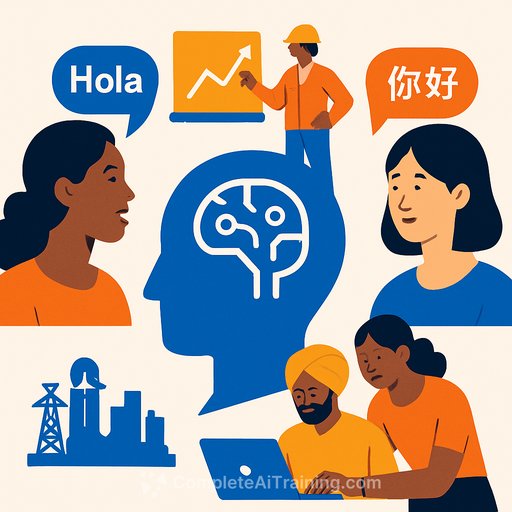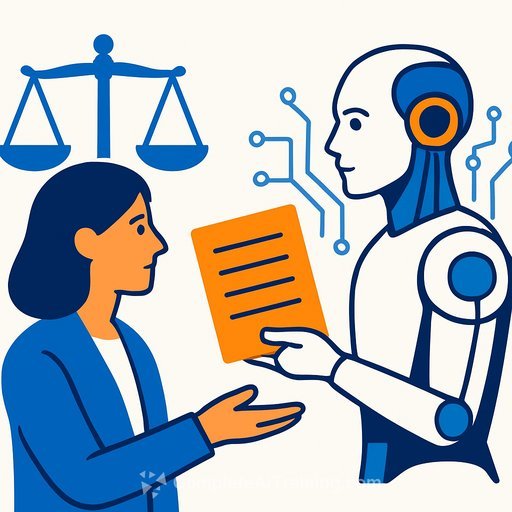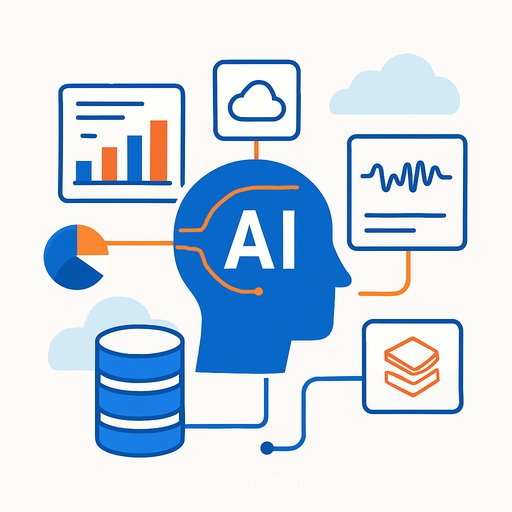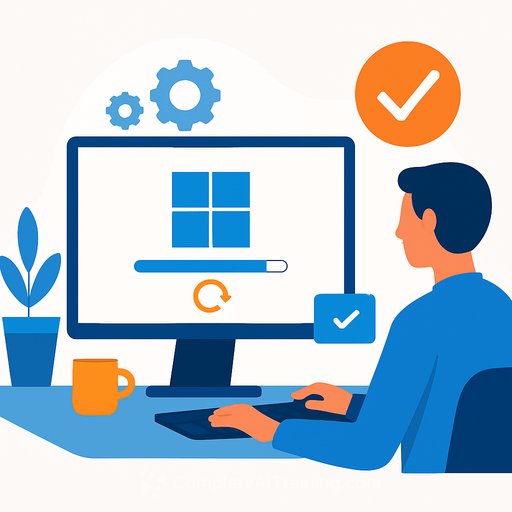Harnessing Multilingual AI for Industrial Development and Empowering Local Communities
August 4, 2025
Artificial Intelligence (AI) is reshaping industries and communities globally, with language-based technologies leading much of this transformation. Forecasts suggest AI could add US$15.7 trillion to the global economy by 2030, with natural language processing (NLP) playing a central role. Yet, AI development mainly focuses on a few high-resource languages, sidelining over 7,000 languages and dialects worldwide. This imbalance limits access and prevents local contexts from influencing AI innovations.
The AI Language Divide
Current AI trends risk widening the digital gap, especially in language technology. Widely spoken languages like English, Spanish, and Mandarin receive the lion’s share of attention and resources. Meanwhile, many languages, particularly those common in Africa, Asia, and Latin America, remain underrepresented. This gap affects researchers, entrepreneurs, and local innovators who struggle with unreliable AI outputs, higher costs, and insufficient safeguards for their languages.
When AI tools can’t effectively communicate in local languages, their potential to improve sectors like agriculture, healthcare, education, and governance remains barely tapped. Including diverse languages in AI systems can unlock valuable use cases and foster trust, ultimately strengthening local ecosystems and community control within the digital economy.
Addressing the Challenges: Four Practical Steps
Bridging the AI language gap requires coordinated action across multiple fronts. Insights from a recent pilot involving 70 innovators across 17 African countries highlight four key areas for building inclusive and sustainable language AI ecosystems:
- Raise Awareness and Build Momentum
Governments, international bodies, language communities, and infrastructure providers must prioritize linguistic inclusion. Countries like Nigeria and South Africa show how integrating multilingual AI into national policies and institutions can protect language diversity in the digital era. - Encourage Collaboration Among Innovators
Fragmentation limits progress. Platforms like Masakhane and Mozilla Common Voice demonstrate how cross-border cooperation can democratize language technology and accelerate innovation. - Improve Inclusive Data Collection
Diverse data collection methods—such as crowdsourced voice recordings and community-led digitization—capture language richness at scale. Organizations like ToumAI Analytics and Kenya’s Kytabu are leading efforts that place communities at the heart of data creation and stewardship. - Implement Community-Centered Data Governance
Ensuring communities retain control over their linguistic data is essential. Community-led data licenses and transparent sharing models shift AI development from extraction to participation.
A Call for Responsible AI That Speaks Every Language
No single group can close the AI language gap alone. Governments, funders, companies, researchers, and local innovators must collaborate to build AI systems that serve diverse populations effectively.
With shared commitment, local communities can lead in shaping AI tools that fit their realities—whether that’s diagnosing crop diseases in Twi, supporting education in rural Kenya, or enabling accessible public services regardless of language. Without action, the divide will deepen, escalating inequality.
The discussion paper Scaling Language Data Ecosystems to Drive Industrial Development Growth outlines practical steps and examples to guide inclusive AI development from the start. The question now is not whether AI can serve all languages, but whether the collective will exists to make this happen.
Your membership also unlocks:





